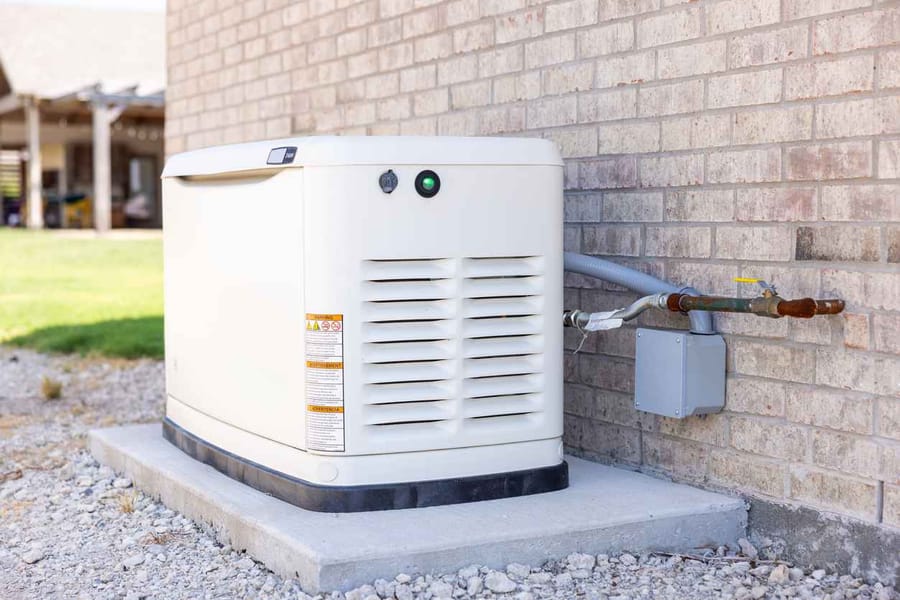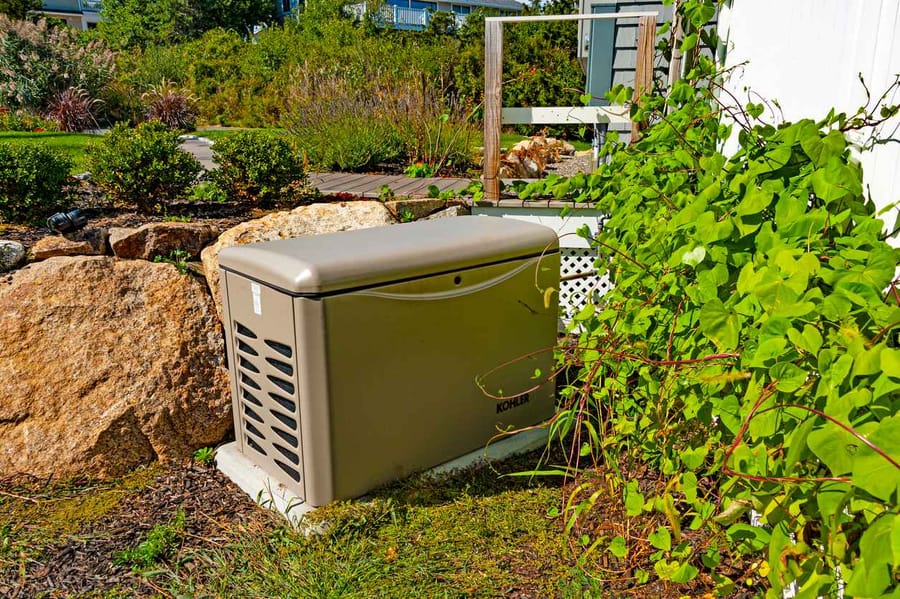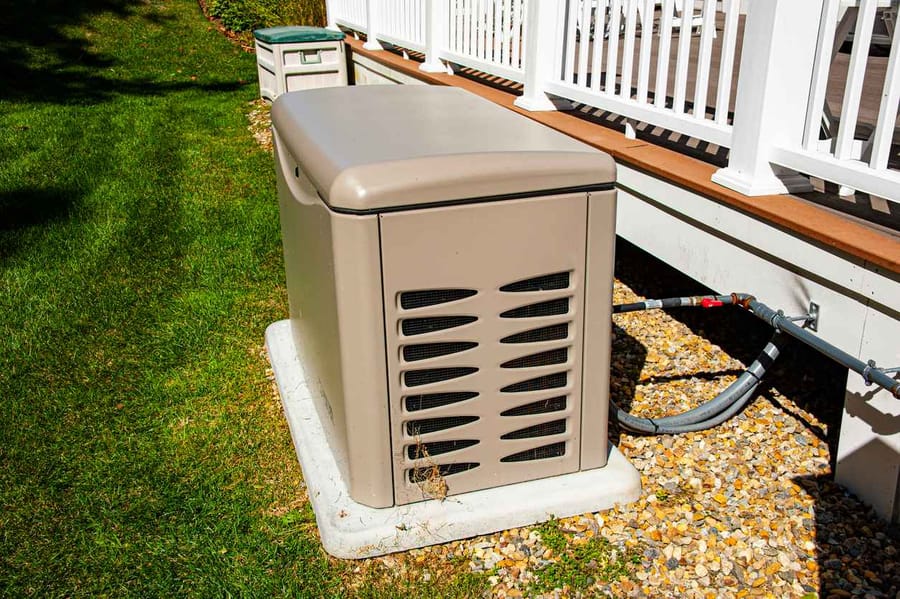0% Financing Available
How Much Electricity Does a Ceiling Fan Use?

Ceiling fans are a staple in many homes, prized for their ability to enhance comfort while keeping energy costs down. But exactly how much electricity does a ceiling fan use? Understanding this can help homeowners make informed decisions about their cooling choices, especially when balancing comfort with energy efficiency.
This blog delves into the specifics of ceiling fan electricity usage, comparing it to other cooling methods and highlighting how it can be a part of an energy-efficient home strategy. By grasping the nuances of ceiling fan energy consumption, you can optimize their use to maximize both comfort and cost-effectiveness throughout the year.
Energy Consumption of Ceiling Fans
Ceiling fans are known for their energy efficiency, particularly when compared to other cooling devices like air conditioners. Typically, a standard ceiling fan uses about 50-75 watts of electricity when running at high speed, which is significantly lower than an air conditioner that can use between 750 to 3500 watts depending on the model and setting. This stark difference illustrates why many people opt for ceiling fans as a cost-effective way to keep cool.
Factors Influencing a Ceiling Fan’s Electricity Usage
To effectively manage and minimize the electricity usage of your ceiling fans, it’s important to consider various factors that can influence their energy consumption. From the physical characteristics of the fan to how it’s used daily, each aspect plays a crucial role. Below, we explore several key factors that can help you optimize the efficiency of your ceiling fans and ensure they contribute positively to your home’s energy profile.
Fan Size and Speed
Larger ceiling fans with longer blades will generally use more energy. Additionally, the speed at which the fan is set can also impact its electricity usage. Higher speeds consume more power, so adjusting the fan to a lower setting can help reduce energy consumption.
Motor Type
The type of motor used in a ceiling fan also affects its energy efficiency. Energy-efficient motors like brushless DC motors use up to 70% less electricity than traditional fan motors. When shopping for a new ceiling fan, opting for models with energy-saving motors can be more beneficial in the long run.
Usage Habits
How often and how long you run your ceiling fan will obviously affect your energy usage. Using ceiling fans only when necessary and turning them off when leaving the room can help minimize energy consumption.
Additional Features
Modern ceiling fans come with additional features such as lighting. The use of lights in ceiling fans adds to the overall energy usage, so it’s wise to consider models with energy-efficient LED lights if illumination is needed.
Strategic Use of Ceiling Fans
To maximize the effectiveness and efficiency of ceiling fans, consider their placement and operational settings. Fans should be installed in the center of the room and at least 8 feet above the floor for optimal air circulation. In the summer, ceiling fans should rotate counterclockwise to push cool air down, and reversing the direction in the winter can help circulate warm air, enhancing your HVAC system’s efficiency.
Enhance Your Home’s Energy Efficiency with Chesapeake Electric
Understanding how much electricity a ceiling fan uses and optimizing its use can significantly impact your home’s energy efficiency and comfort. Chesapeake Electric in Annapolis is here to assist you with all your ceiling fan needs, from installation to maintenance and upgrades with energy-efficient models. Contact us today for expert ceiling fan services and ensure your home is as comfortable and energy-efficient as possible.
Recent Posts

December 19, 2025

December 19, 2025

December 19, 2025

December 19, 2025

November 21, 2025

November 21, 2025

November 21, 2025